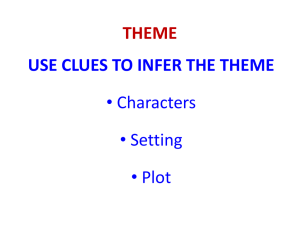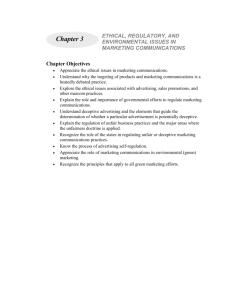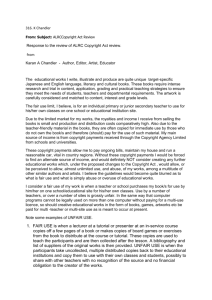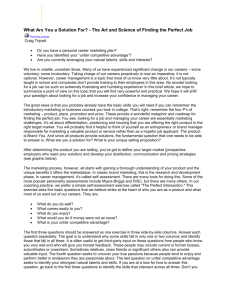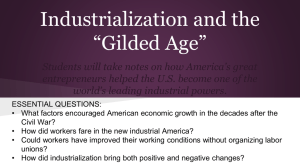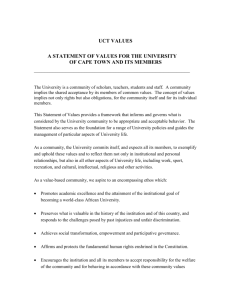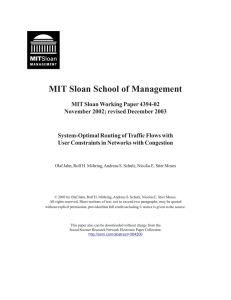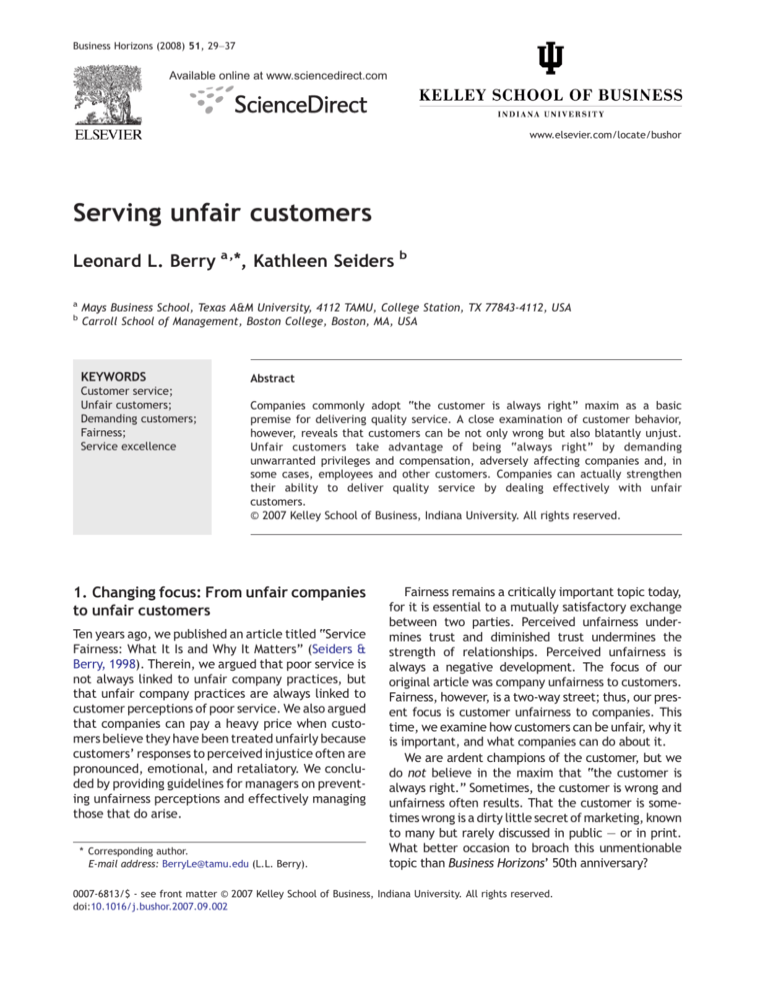
Business Horizons (2008) 51, 29–37
Available online at www.sciencedirect.com
www.elsevier.com/locate/bushor
Serving unfair customers
Leonard L. Berry a,⁎, Kathleen Seiders b
a
b
Mays Business School, Texas A&M University, 4112 TAMU, College Station, TX 77843-4112, USA
Carroll School of Management, Boston College, Boston, MA, USA
KEYWORDS
Customer service;
Unfair customers;
Demanding customers;
Fairness;
Service excellence
Abstract
Companies commonly adopt “the customer is always right” maxim as a basic
premise for delivering quality service. A close examination of customer behavior,
however, reveals that customers can be not only wrong but also blatantly unjust.
Unfair customers take advantage of being “always right” by demanding
unwarranted privileges and compensation, adversely affecting companies and, in
some cases, employees and other customers. Companies can actually strengthen
their ability to deliver quality service by dealing effectively with unfair
customers.
© 2007 Kelley School of Business, Indiana University. All rights reserved.
1. Changing focus: From unfair companies
to unfair customers
Ten years ago, we published an article titled “Service
Fairness: What It Is and Why It Matters” (Seiders &
Berry, 1998). Therein, we argued that poor service is
not always linked to unfair company practices, but
that unfair company practices are always linked to
customer perceptions of poor service. We also argued
that companies can pay a heavy price when customers believe they have been treated unfairly because
customers’ responses to perceived injustice often are
pronounced, emotional, and retaliatory. We concluded by providing guidelines for managers on preventing unfairness perceptions and effectively managing
those that do arise.
⁎ Corresponding author.
E-mail address: BerryLe@tamu.edu (L.L. Berry).
Fairness remains a critically important topic today,
for it is essential to a mutually satisfactory exchange
between two parties. Perceived unfairness undermines trust and diminished trust undermines the
strength of relationships. Perceived unfairness is
always a negative development. The focus of our
original article was company unfairness to customers.
Fairness, however, is a two-way street; thus, our present focus is customer unfairness to companies. This
time, we examine how customers can be unfair, why it
is important, and what companies can do about it.
We are ardent champions of the customer, but we
do not believe in the maxim that “the customer is
always right.” Sometimes, the customer is wrong and
unfairness often results. That the customer is sometimes wrong is a dirty little secret of marketing, known
to many but rarely discussed in public — or in print.
What better occasion to broach this unmentionable
topic than Business Horizons’ 50th anniversary?
0007-6813/$ - see front matter © 2007 Kelley School of Business, Indiana University. All rights reserved.
doi:10.1016/j.bushor.2007.09.002
30
2. What is customer unfairness and why
does it matter?
Customer unfairness occurs when a customer behaves
in a manner that is devoid of common decency,
reasonableness, and respect for the rights of others,
creating inequity and causing harm for a company
and, in some cases, its employees and other
customers. Customer unfairness should be viewed
independent of illegality because unfair customer
behavior frequently is legal; repugnant, perhaps, but
not necessarily illegal. Our focus in this article is legal
customer behavior that is unfair, falling in the socalled “gray area” of company response.
When does a customer’s bad judgment (or, when
do bad manners) cross the line to “unfairness?”
Three concepts are particularly useful in considering this question. The first is the severity of the
harm the customer causes. The second is the
frequency of the customer’s problematic behavior.
Fig. 1 shows increasing levels of these two factors:
“minor,” “moderate,” and “extreme” for severity
of harm and “uncommon,” “intermittent,” and
“recurrent” for frequency of occurrence. Customer
behavior that reaches either the “moderate” or
“intermittent” level would usually earn the unfairness label. At these levels, the customer crosses a
threshold.
The third concept is intentionality. The customer
who seeks to take advantage and inflict harm, who
willfully disrespects the rights of other parties, will
almost always deserve the unfairness label. In some
cases, customers may seek to harm a company that
they believe has harmed them. The customers’
behavior in this case is an act of retaliation. When
customers blame a company for unfair treatment,
there are fair and unfair ways of responding.
Intentionally unfair behavior is usually indefensible.
Figure 1 The threshold of customer unfairness. Adapted
from Seiders and Berry (1998).
L.L. Berry, K. Seiders
How do companies deal with unfair customers?
We contacted executives from a variety of service
organizations to solicit their opinions on the topic
and to document examples drawn from their
experiences. (We restricted our inquiries to consumer services executives based on the assumption
that business-to-business services merit a separate
exploration.) Our preliminary research reveals that
some executives struggle with how to respond to
customer unfairness. They don’t want to respond in
a way that confounds the company’s commitment to
quality service, which they and others worked hard
to instill. Nor do they want to risk offending a stillprofitable, albeit problematic, customer. The following comments from four executives illustrate:
• “I think there is a subservient or servant mentality
to all service, and to stray from that causes
confusion in taking clear and concise action that
should be positive for the customer.”
• “The lifetime cost of losing a guest exceeds $500,
so we go to great lengths to avoid losing them,
even when they’re wrong. Rather than risk
offending guests, we tend to let ‘little things’ go.”
• “My philosophy is that the customer is always
right to some degree. It is that matter of degree
that determines the action of the company. I
believe that if we ever think that the customer is
100% wrong, then we have a high risk of
becoming arrogant and not being customerfocused. I know that this may sound crazy, but
if we crack open the door to this idea, then I
think we can very quickly go down the slippery
slope.”
• “We
are just not used to thinking of guests
‘crossing the line.’ I don’t know that I have ever
set up boundaries. I always feel that guests have
the right to say what they want and to do what
they want, short of inconveniencing another
guest or physically harming another guest or
employee.”
Our position is that companies cannot afford to
ignore customer unfairness and should devise a plan
to deal with it. Unfair customer behavior can exact
a significant toll on employees’ job satisfaction and
weaken a company’s overall service quality. We are
not just speculating about this. Recent research by
Rupp and Spencer (2006) found that customer
injustice increased the degree of effort required
for employees to manage their emotions in interpersonal transactions. This increased effort in what
is termed emotional labor produces added stress,


